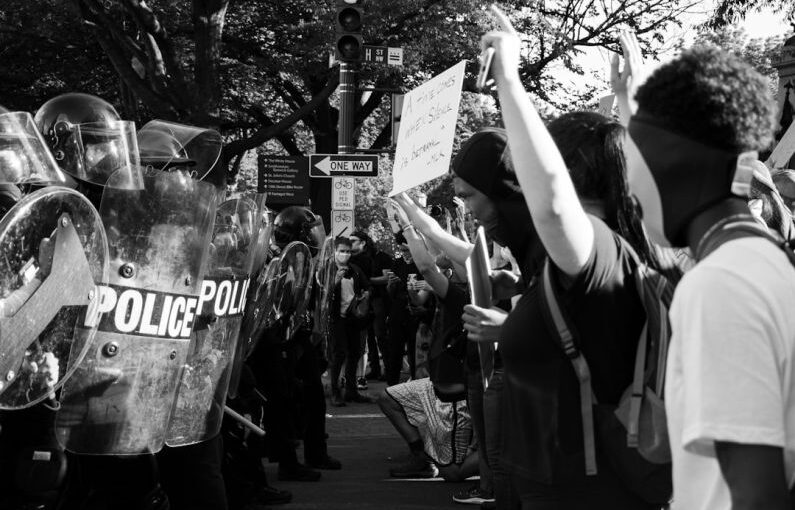Breed-specific legislation (BSL) has been a contentious topic in the world of animal welfare and legislation for many years. This type of law targets specific dog breeds that are perceived as dangerous, such as pit bulls, rottweilers, and others. The intention behind BSL is to reduce dog attacks and protect the public from potential harm. However, the effectiveness and ethical implications of BSL have been widely debated among experts and advocates.
**The Origins of Breed-Specific Legislation**
BSL first gained popularity in the late 20th century as a response to increasing concerns about dog attacks. Advocates of BSL argue that certain breeds are inherently more aggressive and pose a greater risk to public safety. As a result, laws were enacted to restrict or ban the ownership of these breeds in certain areas. The rationale behind BSL is rooted in the belief that genetics play a significant role in a dog’s behavior, making some breeds more predisposed to aggression than others.
**The Flaws in Breed-Specific Legislation**
Critics of BSL point out several flaws in this approach to dog regulation. One of the main criticisms is that BSL focuses on breed rather than individual behavior. By targeting specific breeds, BSL paints all dogs of that breed with the same brush, regardless of their temperament or upbringing. This blanket approach fails to account for the fact that a dog’s behavior is influenced by a variety of factors, including socialization, training, and environment.
Another issue with BSL is the difficulty in accurately identifying the breeds targeted by these laws. The visual identification of a dog’s breed is often unreliable, leading to cases of mistaken identity and wrongful enforcement of BSL. This can result in well-behaved dogs being confiscated or euthanized simply because they resemble a banned breed.
**The Impact of Breed-Specific Legislation on Dogs and Communities**
BSL has far-reaching consequences beyond its intended goal of reducing dog attacks. One of the most significant impacts of BSL is the stigmatization of certain breeds, which can perpetuate negative stereotypes and discrimination against responsible dog owners. This can lead to breed-specific discrimination in housing, insurance, and public spaces, causing undue hardship for law-abiding citizens and their pets.
Moreover, BSL can have detrimental effects on animal welfare. When certain breeds are banned or restricted, it creates a demand for them on the black market, fueling illegal breeding and trafficking of dogs. This can result in the proliferation of poorly bred and unsocialized dogs, exacerbating the very issue that BSL aims to address.
**A More Effective Approach to Dog Regulation**
Instead of focusing on breed-specific measures, experts advocate for a more holistic and evidence-based approach to dog regulation. This includes promoting responsible dog ownership through education, training, and socialization programs. By addressing the root causes of dog aggression, such as lack of socialization or improper training, communities can create safer environments for both people and pets.
Furthermore, enforcing existing laws related to dog behavior, such as leash laws and nuisance ordinances, can be more effective in preventing dog attacks than implementing breed-specific restrictions. By holding owners accountable for their dogs’ actions and promoting responsible pet ownership, communities can address the issue of dangerous dogs without unfairly targeting specific breeds.
**In Conclusion: A Call for Balanced Legislation**
Breed-specific legislation remains a controversial and complex issue in the realm of animal welfare and public safety. While the intention behind BSL is to protect communities from dog attacks, its effectiveness and ethical implications are subject to debate. Moving forward, it is essential for lawmakers and advocates to consider alternative approaches to dog regulation that focus on responsible ownership and evidence-based policies. By striking a balance between public safety and individual rights, communities can create laws that are fair, effective, and humane for all.





